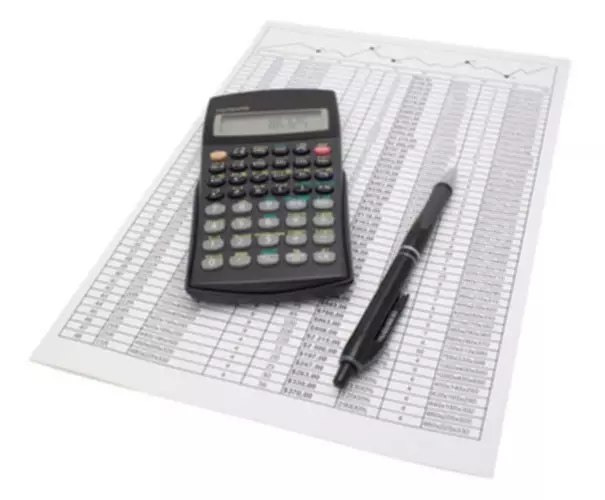Content

Additionally, crediting an account such as accounts payable will ultimately increase the balance of a company. This leads to much confusion when referring to credits and debits. When discussing credits and debits, we need to be absolutely certain we understand what we are doing to what side of the accounting equation. In the world of double-entry accounting, every transaction impacts two or more financial accounts, whereby a debit indicates value flowing in and a credit indicates value flowing out.

If a transaction didn’t balance, then the balance sheet would no longer balance, and that’s a big problem. Bookkeeping basics, it’s helpful to look through examples of debit https://www.bookstime.com/ and credit accounting for various transactions. In general, debit accounts include assets and cash, while credit accounts include equity, liabilities, and revenue.
Accounts Impacted by Debits and Credits
This means that equity accounts are increased by credits and decreased by debits. The complete accounting equation based on the modern approach is very easy to remember if you focus on Assets, Expenses, Costs, Dividends . All those account types increase with debits or left side entries.
If you will notice, debit accounts are always shown on the left side of the accounting equation while credit accounts are shown on the right side. Thus, debit entries are always recorded on the left and credit entries are always recorded on the right. This right-side, left-side idea stems from theaccounting equationwheredebitsalways have to equal credits in order to balance the mathematically equation. If you’re using double-entry accounting, you need to know when to debit and when to credit your accounts. We’ll help guide you through the process, and give you a handy reference chart to use.Debits and credits are two of the most important accounting terms you need to understand. This is particularly important for bookkeepers and accountants using double-entry accounting.
Recording a bill in accounts payable
Using our bucket system, your transaction would look like the following. When your business does anything—buy furniture, take out a loan, spend money on research and development—the amount of money in the buckets changes. All “mini-ledgers” in this section show standard increasing attributes for the five elements of accounting. debits and credits are considered the building blocks of bookkeeping. A credit may be referred to as “CR” — these are the shortcut references. While people and businesses will volunteer their time and give their financial resources during the holidays, nonprofit organizations must function year round.
Which account has a debit balance?
Assets, expenses, losses and the owner's drawing account will normally have debit balances. Their balances will increase with a debit entry, and will decrease with a credit entry.